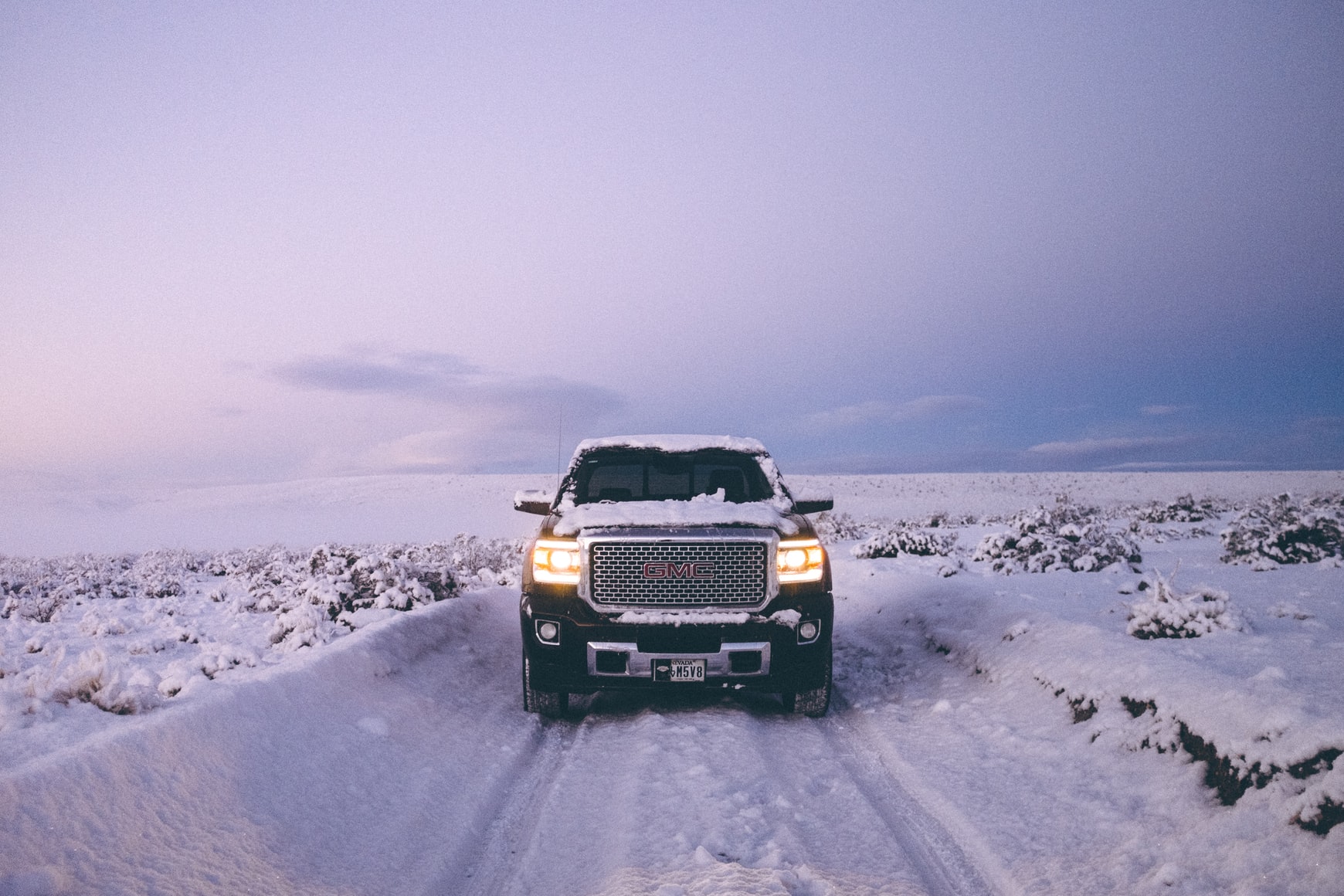As Tennesseans continue their return to pre-Covid activity levels, there has been a notable uptick in crowds at sporting venues, restaurants, and everything in between. This “return to normal” is marked by congested roadway traffic and an increased risk of accidents and injuries. These issues will only be compounded as ice and snow return to the roads within the next few months. Because of this, you need to know the winter season driving safety and preparedness.
While the official start of Winter isn’t until December 21, the unofficial kickoff to the winter driving season will begin in November. Here are some helpful tips to ensure you and your family are prepared for the winter months.
Winterize Your Vehicle
The National Weather Service and NOAA have created a Car Winterization Checklist that recommends the following:
- Check Engine Fluids.
- Test Car Battery
- Use Deicing Washer Fluid
- Switch to Synthetic Oil
- Inspect Tires
- Install Snow Tires
- Test Headlights & Taillights
- Add and/or Inspect a Vehicle Winter Survival Kit
Prepare in advance now, so these maintenance issues don’t need to be addressed when it’s already cold.
Familiarize Yourself with Icy and Snowy Conditions
It is good to practice driving in icy and/or snowy conditions by using side roads or large empty lots. Familiarizing yourself with a vehicle’s braking ability and how it handles adverse road conditions will go a long way in protecting you and the vehicle’s occupants.
Eliminate Distracted Driving
Although distracted driving mitigation should be practiced year-round, this is particularly important during the winter season when chances of being involved in an accident are elevated. Common distractions that enhance accident risks include:
- Smartphone use
- Texting
- Eating/drinking
- Tuning the radio
- Grooming/makeup application
- Checking GPS/Maps
- Playing loud music
Additional Driving Tips
AAA also offers the following driving tips:
- Avoid using cruise control in wintry conditions
- Steer in the direction of a skid, so when your wheels regain traction, you don’t have to over-correct to stay in your lane
- Accelerate and decelerate slowly
- Increase following distance to 8 to 10 seconds
- If possible, don’t stop when going uphill
Conclusion
The attorneys and staff at Stillman & Friedland wish you a safe and healthy winter driving season. We hope you enjoyed reading our blog on the winter season driving safety and preparedness! If you or a family member have been involved in an accident, contact our Nashville-based office at 615-244-2111 for a free and confidential consultation.
Because we care…







